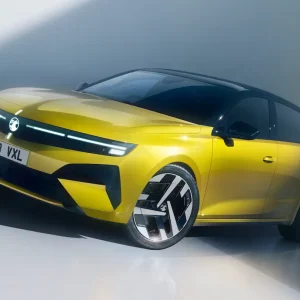Hyundai has announced full UK market details of its new, third-generation i10 city car.
The new i10, which will go on sale on 18 January, is available in three equipment grades: SE, SE Connect, and Premium.
Standard equipment with SE grade includes DAB radio, Bluetooth, air conditioning, cruise control, lane departure warning, lane keep assist, driver attention alert, high beam assist, and forward collision warning with autonomous emergency braking.
Mid-range SE Connect spec comes with further equipment including 15in alloy wheels, an 8in touchscreen, a rear view camera, and subscription-free Apple Carplay and Android Auto.
Further equipment with range-topping Premium spec includes 16in alloy wheels, LED daytime running lights, front fog lights, privacy glass, heated front seats, and a heated steering wheel.
Two petrol engines are available – a 1.0-litre with 67hp, and a 1.2-litre with 84hp – and there’s a choice of five-speed manual or five-speed automatic transmission.
CO2 emissions are 101g/km for the 67hp engine, 105g/km for the 84hp manual, and 103g/km for the 84hp auto.
Official combined fuel economy figures are 56.5mpg for the 67hp manual, 54.3mpg for the 67hp auto, 55.4mpg for the 84hp manual, and 52.3mpg for the 84hp auto.
Ranges prices for the new i10 start at £12,495 for an SE 67hp manual, and rise to £15,495 for a Premium 84hp auto.





